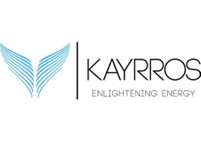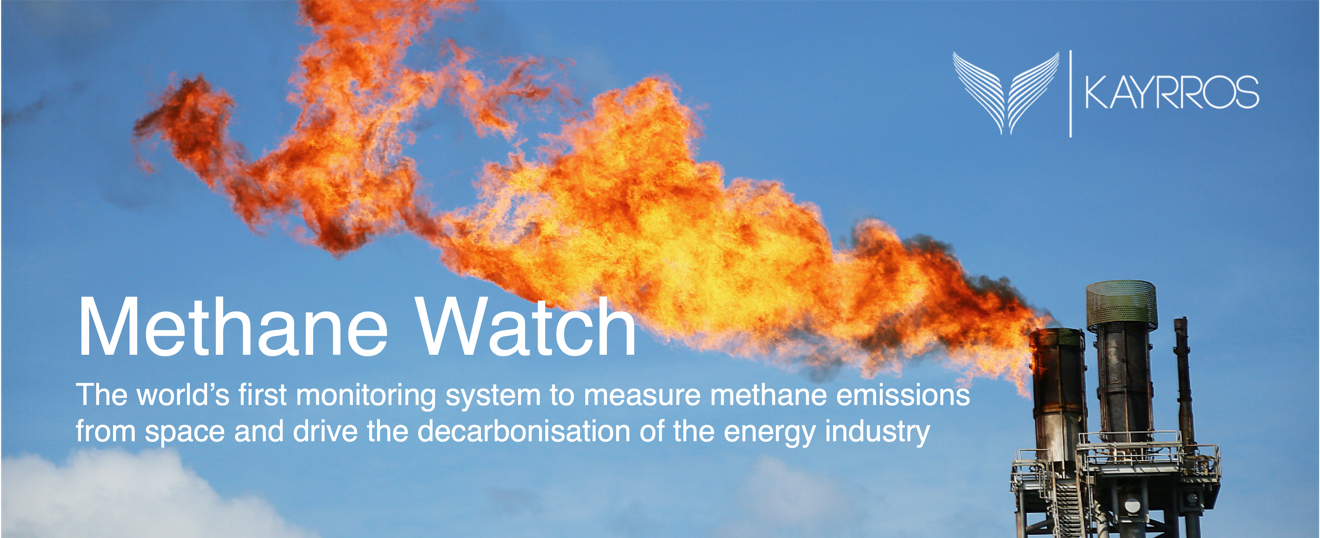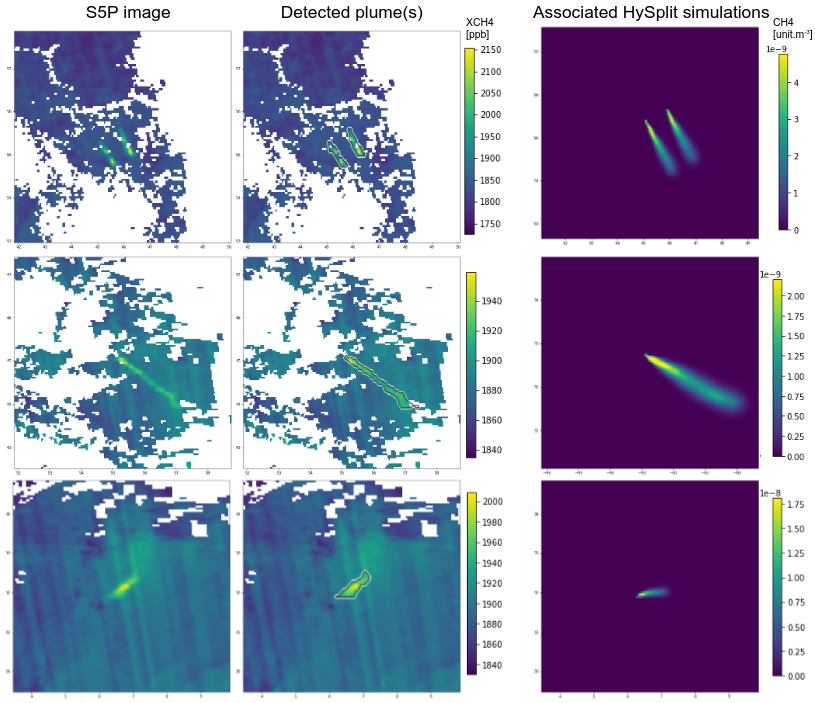
Objectives of the service
Methane Watch makes an invisible problem visible. Methane emissions account for approximately 25% of global warming, but efforts to reduce emissions have been limited until now because it is technically challenging to detect and measure methane leaks that are widely dispersed along the energy supply chain.

The main objective of Methane Watch is to support the decarbonisation of the energy industry. Methane is, by far, the biggest source of carbon pollution in the oil & gas industry, but producers need better data to eliminate the sources of emissions in a cost-effective manner. Satellite monitoring is uniquely placed to support mitigation across entire supply chains and countries.
Methane Watch also aims to create awareness about the scale of emissions and the opportunities to mitigate on a large scale. An independent data source allows regulators to design and implement more ambitious climate policies, while investors can allocate capital based on a more accurate and timely assessment of environmental performance.
The ultimate objective of Methane Watch is to contribute to the Paris Agreement’s objective to keep global warming to 1.5oC. Eliminating the super-emitters that can be detected from space is equivalent to removing 20 million cars from the road.
Users and their needs
The main types of users targeted by the Methane Watch are oil & gas producers, financial institutions, and regulators.
Thanks to recent breakthroughs in satellite monitoring, methane emissions in the energy sector are under greater scrutiny than before. In order to meet this challenge and maintain their license to operate, producers need to report their carbon footprint accurately. They also need to identify the methane sources in their asset portfolio and reduce/eliminate them in a cost-effective manner.
Investors have relied until now on self-reported data from energy companies, which typically understates their total emissions. Asset managers need better data to measure the carbon footprint of their investment portfolios, manage the reputational risk of holding assets with higher-than-average emissions, and engage as responsible shareholders to drive mitigation across the energy sector.
Governments also require greater transparency to drive climate action. Policies that target methane emissions associated with imported fuels and/or set mitigation targets in line with the Global Methane Pledge need to verify the data reported by companies.
Service/ system concept
The TROPOMI instrument on board Sentinel-5P provides invaluable information on methane concentrations in the atmosphere around the world. The value of Methane Watch consists in identifying and quantifying large methane sources that are often associated with the production of fossil fuels.

The first step in the processing pipeline for super-emitters consists in applying machine learning techniques to detect anomalous concentrations of methane measured by Sentinel-5P. This automated process involves denoising, estimation of the local background level, and segmentation of the methane plume. The second step relies on the use of a dispersion model to simulate methane plumes under local wind conditions and determine the location and flow rate of the methane source.
A similar process is used to detect methane plumes using high-resolution imagery, for instance from Sentinel-2 and Landsat-8. The key differences are 1) the manipulation of multispectral bands associated with methane and 2) the targeted nature of monitoring specific locations rather than the entire globe.
A separate process is used to measure emissions at the regional level. The first step consists in calculating the average concentration of methane in an oil & gas basin, measured as a gradient relative to the background level. The second step relies on a full inversion model that simulates multiple sources emitting at different rates across the basin. The prior definition of these potential sources reflects the distribution of energy infrastructure and is a crucial component of the model.

Space Added Value
Methane is technically challenging to measure because, unlike CO2, its sources are widely spread across the energy supply chain and over time. A monitoring system must cover entire oil & gas basins and pipeline networks regardless of asset ownership and national boundaries. The frequency of observations is also essential to the accuracy of reporting.
Relative to alternative solutions based on aerial and ground level monitoring, space solutions provide much greater geographical coverage and sampling frequency. The Sentinel-5P Earth Observation satellite covers approximately 10 million square kilometres on a typical day, whereas an airplane can cover only a few hundred km2 and a ground sensor is limited to a specific facility. Moreover, aerial campaigns are expensive and require authorisations from local authorities.
On that basis, satellites are an essential component of an integrated system that combines the coverage and frequency of satellites and the sensitivity and resolution of local sensors.
Current Status
Kayrros Methane Watch stands as the premier solution for detecting large-scale methane emissions globally. By harnessing data from a multitude of public sensors including Sentinel-5P, Sentinel-2, Sentinel-3, Landsat 8/9, EnMAP, EMIT, alongside commercial sensors, it offers unparalleled capabilities in identifying and quantifying super-emitters in near-real time. Additionally, it conducts regional inversion analyses across various critical geographical areas. Since its successful pilot phase, Kayrros Methane Watch has been adopted by a diverse array of stakeholders, ranging from international institutions like IMEO-UNEP to energy operators and financial institutions such as BNP-Paribas. This widespread adoption fosters transparency, empowering targeted climate actions. Kayrros is committed to maintaining its leadership in methane detection and will further bolster its capabilities by incorporating the upcoming additional available data sources in the upcoming year.



